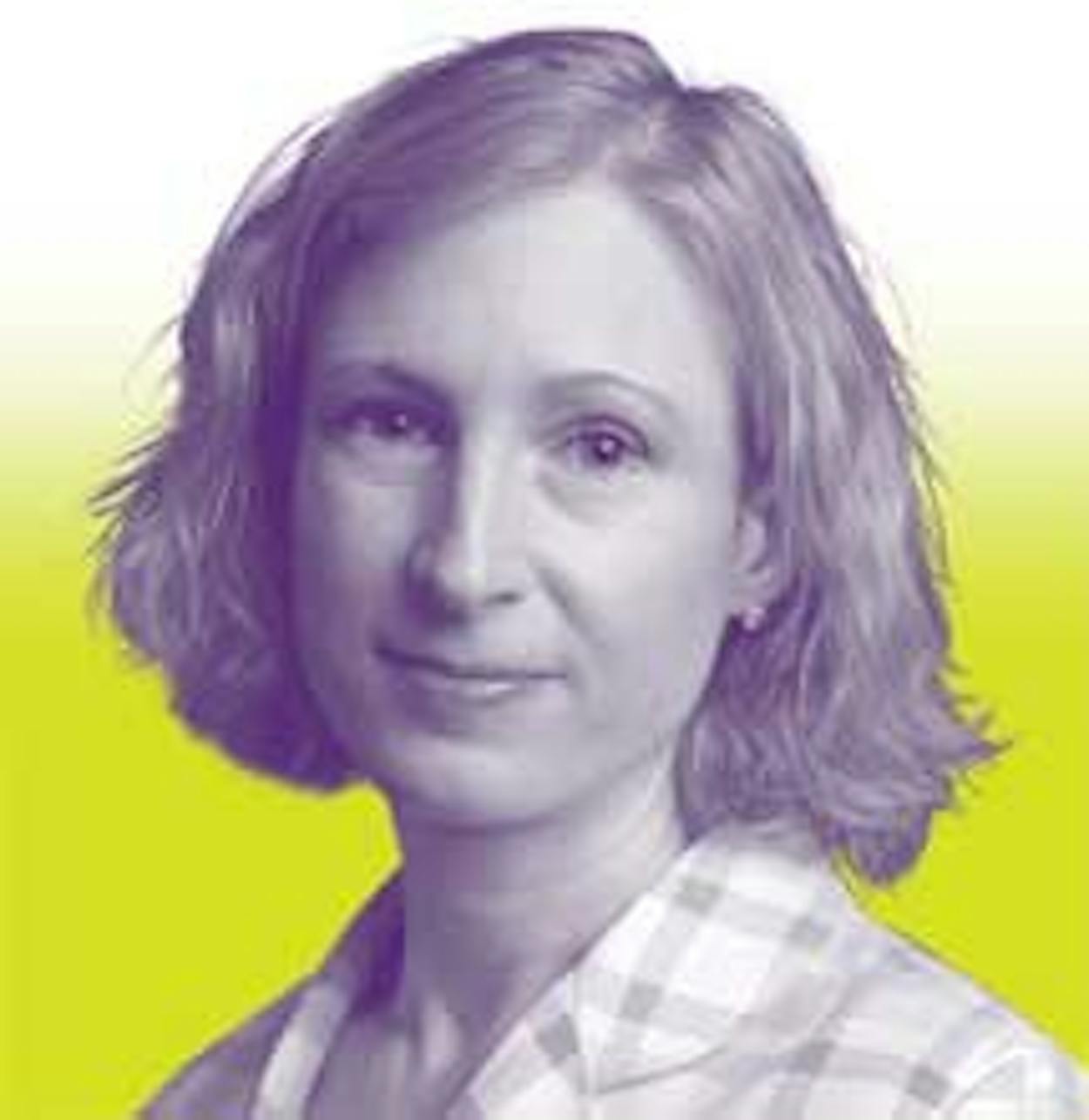“She’s the biggest no-brainer I can think of for your February issue. She’s literally the most accomplished female semiconductor designer in the world,” says John Thornton, a general partner at the venture capital firm Austin Ventures, who has put his money where his mouth is by backing Paul’s Black Sand Technologies. Indeed, the Palo Alto, California, native’s bio all but has the word “hype-worthy” on it. A graduate of MIT, in Cambridge, Massachusetts, where she studied electrical engineering and earned her B.S., M.S., and Ph.D., she’s worked in the semiconductor industry for nearly twenty years. She spent a total of five years designing microprocessors for computers and imaging chips for digital cameras, then joined the staff of Silicon Laboratories, in Austin, as its first female engineer. One day in 2000, while she was fixing a lawnmower engine in her garage, she came up with the idea for a silicon-based power amplifier that would make cell phones smaller, lighter, and cheaper. She patented that idea (she holds 45 patents that are issued or pending), which won her the Innovator of the Year award from the electrical engineering magazine EDN and, more importantly, gave her the stroke to strike out on her own. In 2006 she co-founded Black Sand, a semiconductor company focused on the wireless industry, with two top-tier Austin techies; her title is chief technologist, though it may as well be groundbreaker.
A Web Exclusive Interview
Talk about the process that led to the founding of Black Sand Technologies.
I left Silicon Laboratories in 2005 to become a stay-at-home mom. My plan was to spend a few years at home with my three kids and then to return to work once they were in school. Technology changes a lot in a few years and I knew that it would be difficult to return to technical work after this separation. But I was willing to accept that challenge.
In 2006, after one year at home, two of my former colleagues recruited me to join them as co-founder and chief technologist for a new semiconductor company called Black Sand Technologies. Black Sand was a chance to build a semiconductor company from the ground up and to apply my technical vision to develop never been done before technology.
We spent nine months developing and refining our technology. In June, Black Sand received $8.2 million in funding and has since grown to 11 employees.
What kinds of new things do you plan to do at Black Sand?
Black Sand is developing brand new semiconductor technology that will shape the way wireless devices, such as cell phones, laptops, Blackberrys, and iPhones, communicate. Products that use our chips will experience longer battery life, higher speed internet connections, fewer dropped calls, and improved reliability. We plan to build our first prototype chips this year.
You were the first female engineer at Silicon Laboratories when you joined in 1999. How challenging is it to be a woman in a man’s profession?
Even today, electrical engineering is a field that is dominated by men. In twenty years of engineering I still have not had the opportunity to work with another female engineer. Despite this, I always view being a woman in a field of mostly men as a positive thing. As a woman, I bring a slightly different perspective to solving tough engineering problems. This has been a source of strength, not weakness, throughout my career.







